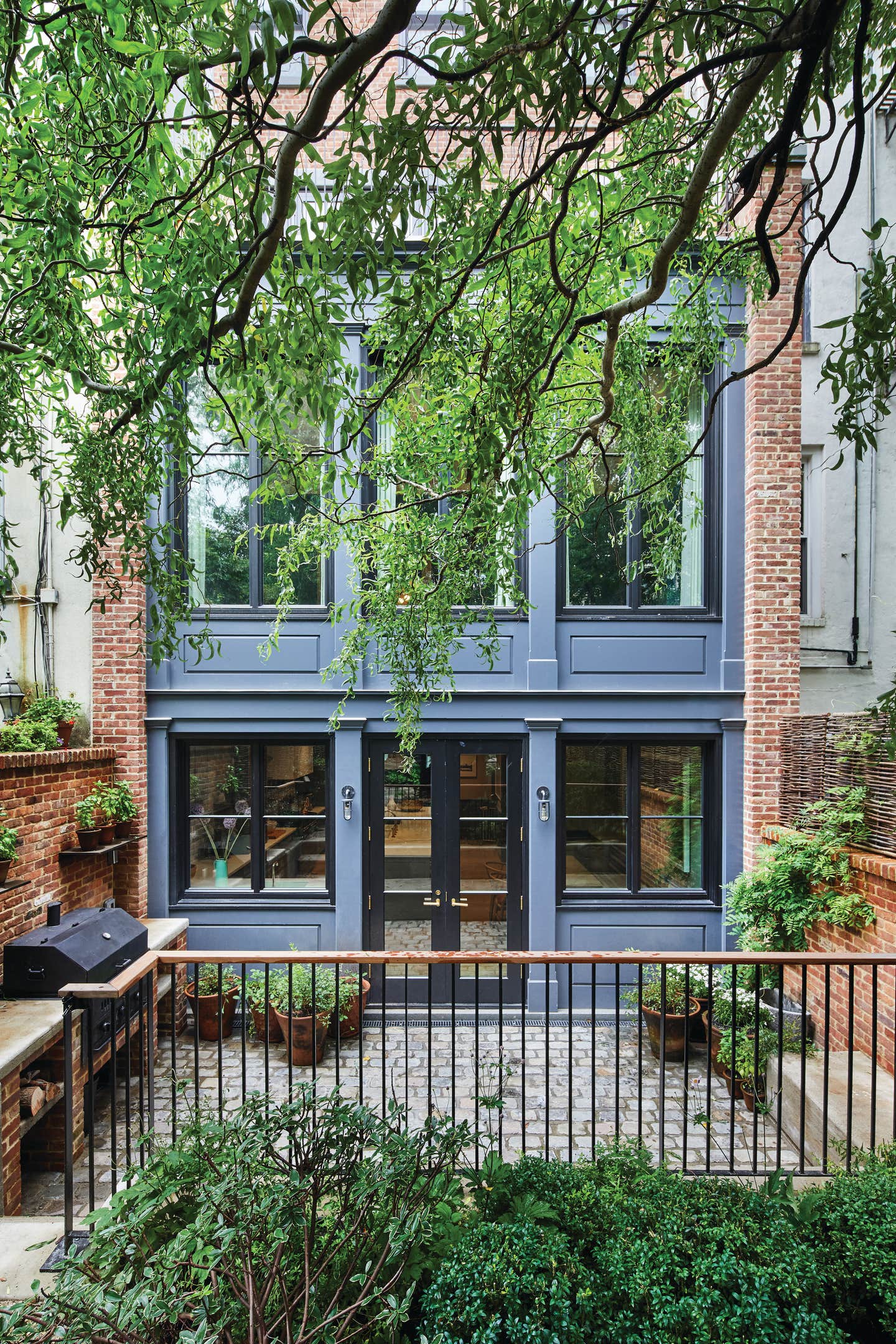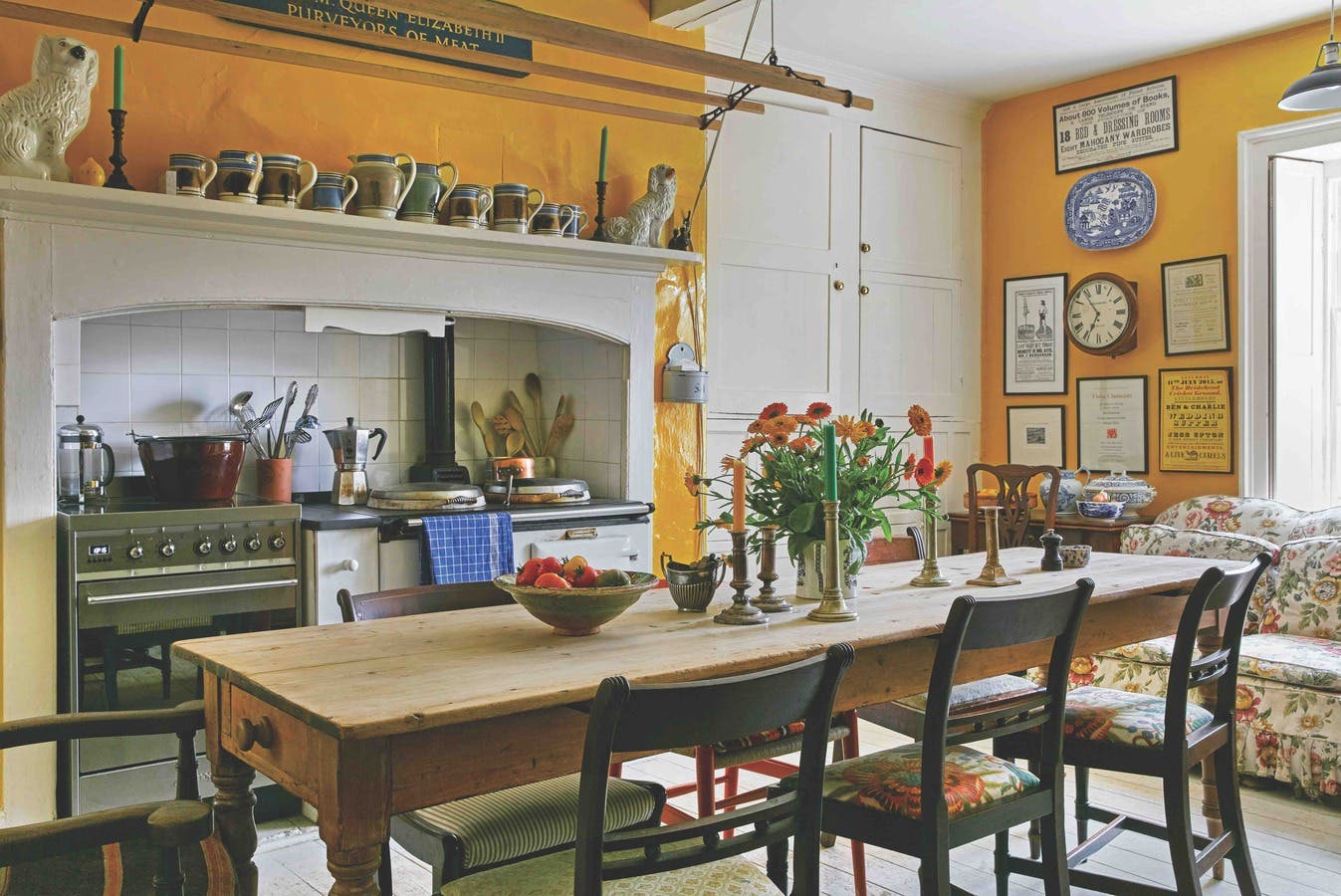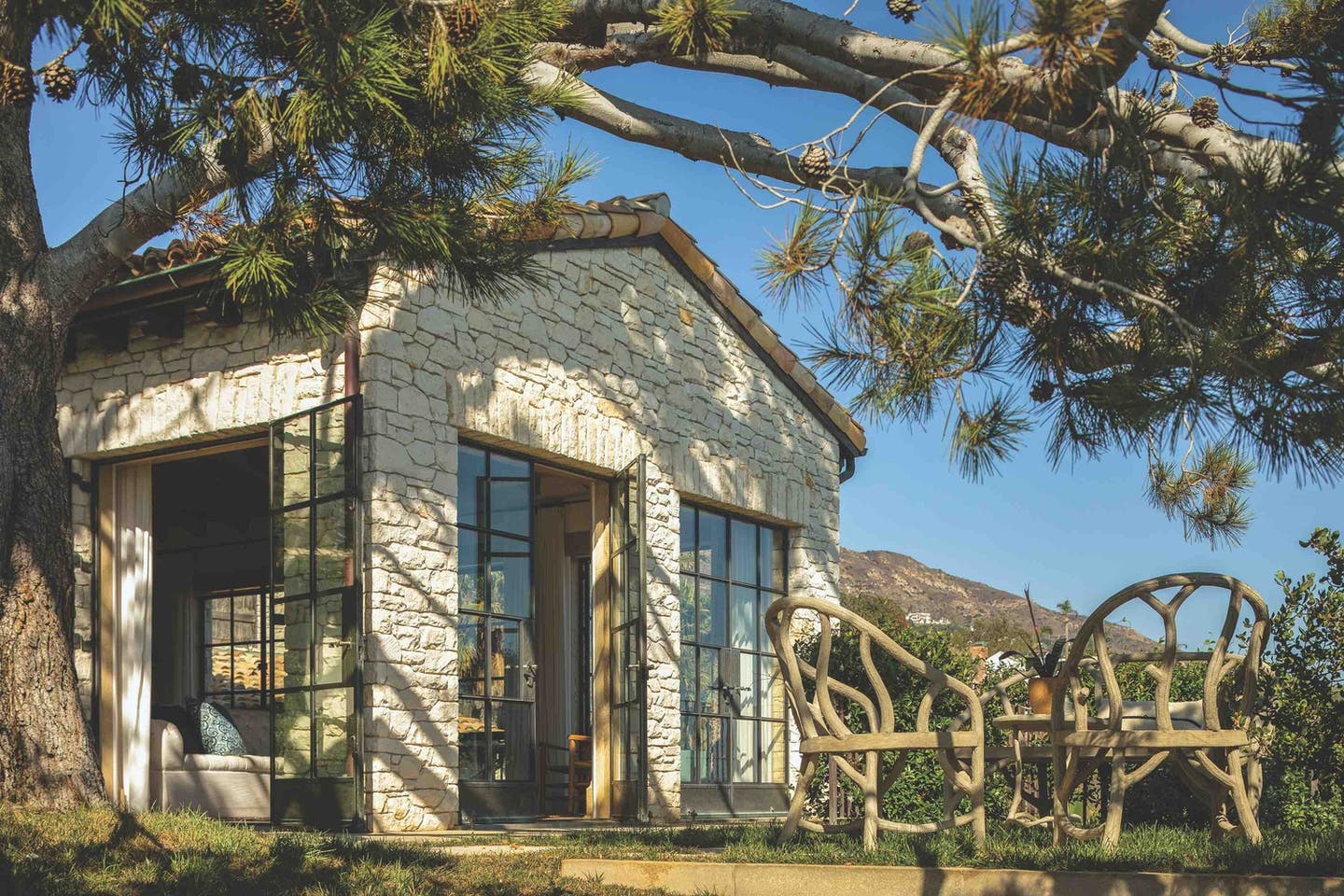
Restoration & Renovation
Brownstone Bliss
The Brooklyn Studio’s dedication to reviving historic rowhouses goes beyond simple proximity. “My father was an architect and my mother an interior designer,” recalls the studio’s founding partner Brendan Coburn, FAIA. “After my father finished work on Boston City Hall, he began a new building for the Woodhull Hospital, and we moved to New York. My parents bought a townhouse in Cobble Hill and fell in love with its Neo-Grec proportions and detailing.”
On weekends, they revived this gem back to its former glory and continued fixing up rowhouses as a part-time gig. Growing up surrounded by design and preservation, both in theory and practice, made an impression on Coburn, who worked for various esteemed architectural firms before establishing his own in 1997. Today, The Brooklyn Studio is a design powerhouse committed to restoring and enhancing the city’s historic fabric. For its staff of 30, rehabbing the ubiquitous rowhouse is a niche specialty.
Per the Landmarks Preservation Commission, “Much of New York’s architectural distinction derives from its rowhouses, the standard, narrow, three- to five-story residences that were constructed to house an expanding middle-class population more than a century ago.” As Coburn points out, while they are considered prized real estate today, they started out as planned developments. In the years surrounding World War II, many were turned into rooming houses and multi-family dwellings, their original details overwritten by changing times and needs.
Finally, in 1965, Mayor Robert F. Wagner’s Landmarks Law established the Landmarks Preservation Commission (LPC)—the country’s largest preservation agency—to prevent further loss of historic buildings. (The unfortunate demolition of Beaux Arts-style Penn Station in 1963 catalyzed this law.) The commission protects significant buildings by granting them landmark or historic district status. New York City now boasts over 100 historic districts stretching across its five boroughs.
Considering the Brooklyn Studio’s expertise navigating LPC regulations and its portfolio of sensitively renovated rowhouses, the firm was a natural choice for clients wanting to resurrect their own five-story find in the coveted neighborhood of Cobble Hill. Built with Italianate elegance in 1850, the 5,000-square-foot diamond-in-the-rough had fallen into structural disrepair. Significant historical features were lost inside and out.
“It had been stripped of its detail over the years,” says Coburn. “Everything you see—the plaster and wood moldings, the chevron-patterned parlor floor, the built-ins—was recreated from scratch.” Rounding out the collaborative project team, Carrier and Company masterminded the interior design.
Using neighboring homes and old photographs as guides, Coburn and senior project manager Margaret Hu infused the structure with 19th-century Italianate charm. Contractor Dynamic Reconstruction Corp. re-stuccoed the exterior and executed a variety of new-old decorative elements for the façade: carved lintels, brackets, and sills for the windows; a hand-carved entry door frame; and a cornice capping the fourth story.
Inside, the architects reimagined the layout, constructing a new kitchen, bathrooms, staircases, and more. For the clients—a family with three children and two dogs—entertaining is a principal focus. Their need to host up to 20-plus guests on a regular basis drove the design of the parlor floor, the residence’s most public level off the front stoop.
In response, the architects divided this level into three sections: a double parlor, formal dining room with bar, and a paneled library in between. Awash in a dramatic blue, with a ceiling of gilded veins, the library acts as an emphatic hyphen. Its elliptical arched openings maintain an open feel between the three volumes. (Accessible by a secondary stair leading down to the kitchen, the bar doubles as a staging area for catered events.)
The Brooklyn Studio outfitted the rowhouse’s garden level with functional destinations like a powder room, mudroom, pantry, and breakfast nook. This lower level, where servants would have worked in the late 1800s, culminates in a kitchen overlooking the revamped rear garden by landscape architect Miranda Brooks.
“The kitchen’s design was very much a collaborative process with the client, who has great style,” explains Hu. “She wanted a long island where the family could eat informally; she also requested the china cabinet with arched glass doors after seeing something similar in a photo,” adds the project manager. The warmth of its inset wood contrasts with the cabinetry’s “Castle Gray” hue by Farrow & Ball, a versatile gray-green.
A two-story rear extension gifted the kitchen and dining room above with extra square footage and larger casement windows. Clad with brick from the original rear façade, the extension is topped with a balcony for the primary bedroom suite. “Many rowhouses had a porch off the back, approximately six or seven feet deep, for having tea or enjoying the garden while protected from rain,” explains Coburn. “This extension is our interpretation of a tea porch—albeit more rigorously designed than older versions.”
The clients’ primary suite occupies the entire third story. Here, the bedroom overlooks the garden while the bathroom, executed with 1930s-era styling, occupies the street-facing end. A decadent central dressing room includes a central island for storage as well as display cases for shoes and other accessories. Beside the bedroom’s volume is a sliver of a study with a built-in window seat.
Continuing upwards, the fourth floor contains the children’s bedrooms plus a laundry room, and the fifth floor boasts a bathroom, bar, playroom, and terrace.
From rooftop to basement, the architects attended to every feature, their efforts equally attuned to historic precedence, aesthetics, and programmatic goals. Back in 1850, this rowhouse was highly desirable, offering proximity to the city and plenty of living space. Now, thanks to The Brooklyn Studio, it is highly desirable once again.








